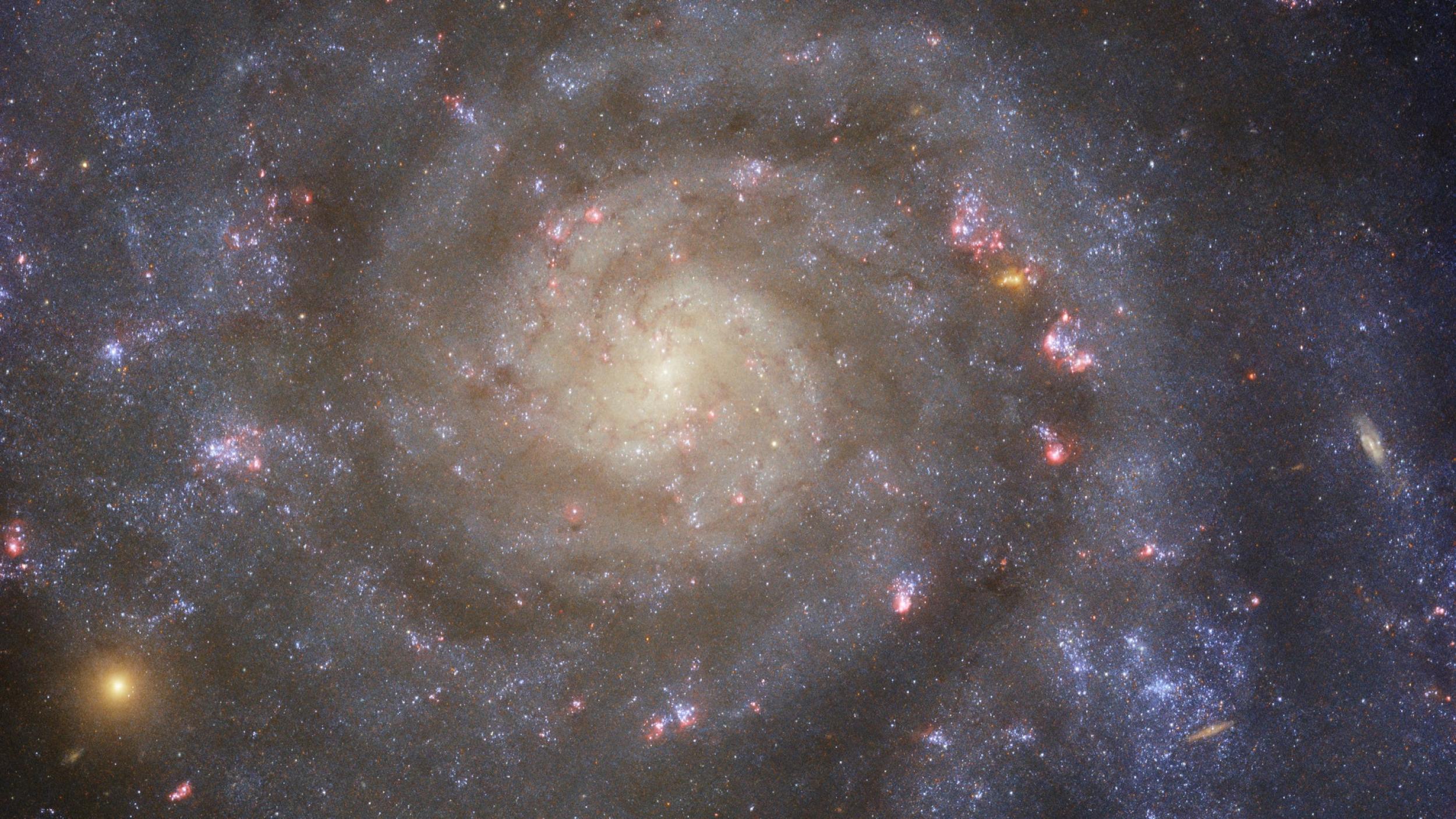NASA’s space-based observatories, including the Hubble Space Telescope and the James Webb Space Telescope, collect vast amounts of astronomy data that have helped scientists make groundbreaking discoveries about our universe. Data from these missions are openly available through the Space Telescope Science Institute (STScI) Barbara A. Mikulski Archive for Space Telescopes (MAST), shedding light on stars, galaxies, exoplanets, the interstellar medium, and other astrophysical phenomena.
In addition to data products from Hubble and Webb, the archive houses data from over a dozen smaller current and former missions, such as the Transiting Exoplanet Survey Satellite (TESS), the gamma-ray burst explorer Neil Gehrels Swift Observatory, and the now-discontinued Galaxy Evolution Explorer (GALEX). MAST also archives data from some ground-based observatories, including the Sloan Digital Sky Survey.

Data from NASA’s next flagship astrophysics mission, the Nancy Grace Roman Space Telescope, will be openly available through MAST immediately after processing. Set to launch in 2027, the Roman telescope is expected to downlink a terabyte of data to Earth every day — over 17 times as much as Webb.
Small mission teams, such as satellites, sounding rockets, and balloons, can partner with MAST to host their data in accordance with NASA requirements. MAST also allows researchers to contribute to the archive by uploading their own data to create a High-Level Science Product (HLSP) collection.
While MAST adds new datasets on an ongoing basis, the archive’s existing data continue to unlock new discoveries, with the majority of scientific publications that cite Hubble data relying on archival observations. To access space telescope data through MAST, visit the MAST website. For more examples of what NASA’s legacy data have revealed, read the recent feature about how old NASA data drives new scientific discoveries.